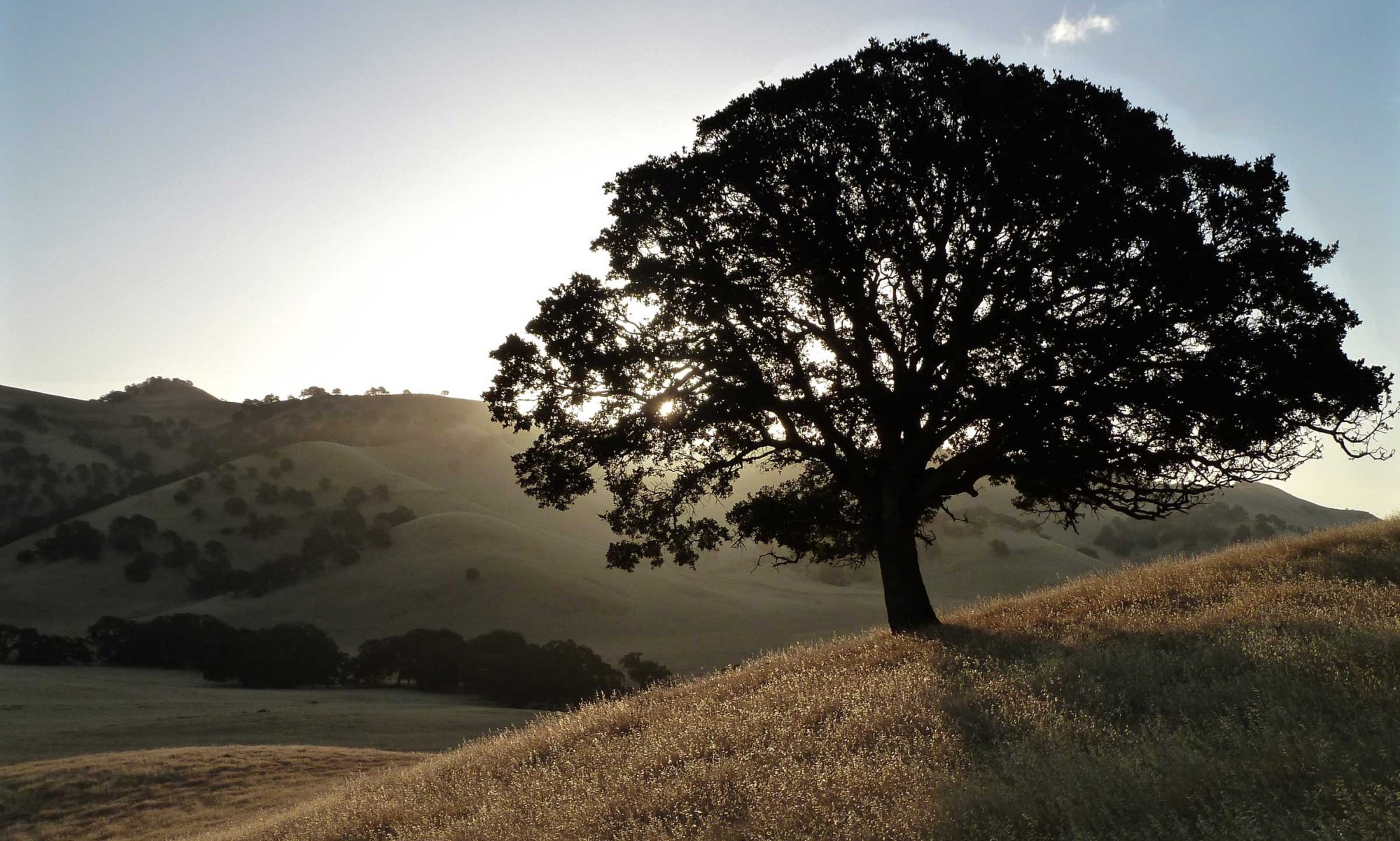
WH 1028 William Ackerman Past Light
Review
With 1983’s Past Light, Will Ackerman expands on the collaborations that he began to explore in earnest on 1981’s Passage, for an album that melds Ackerman’s meditative style with a larger vision of dynamic group performances.
Past Light is Ackerman’s fifth solo album, and twenty-eighth Windham Hill release. He must have been in the thick of the Windham Hill explosion, and it shows in a number of ways: the incredible stable of artists with whom he collaborates (Mark Isham, Michael Hedges, Darol Anger, Stein/Walder, Greenberg and Szmadzinski from Shadowfax, even Bay Area neighbors Kronos Quartet); the continued development of an aesthetic for group performances of Windham Hill artists, first seen on albums like Alex De Grassi’s Clockwork; and a confidence to keep pushing his vision farther, while hewing to his unique style, born out of Fahey and Kottke, but by now all his own.
While it still has poignant moments, there’s less mournfulness on Past Light than was present on Passage. There is less Erik Satie contemplation and more Robbie Basho exuberance in emotion, though stylistically Ackerman is wholly his own man.
The album opens with “Visiting” which varies enough in pacing and dynamics so that listeners are engaged and relaxed, taken on a journey with many uplifting moments. Where George Winston and Alex De Grassi write songs that are evocative of specific places at a certain time (a stream in January, a trip to Philadelphia) and Michael Hedges songs are paeans to rhythms, harmonics and dynamics, Ackerman’s work always strikes me as being about mood in and of itself. Each piece seems to be about that feeling you get when… (fill in your own very personal blank here.) Less intense and immediate than Passage, but profoundly evocative.
The fact that the moods here are varied, and often include the golden sunshine of Chuck Greenberg’s Lyricon just makes Past Light appealing to a wider audience, and a friendlier play for stalwart fans. Overall, it feels like Will was in a really good spot. Emotionally, the album it feels most like is Ackerman’s 2011 New England Roads (my current favorite of all of his albums, dare I even say it, over In Search of the Turtle’s Navel, and available exclusively at Target).
Samples
Visiting
Pacific II
Synopsis II
Track Listing
Side One: 22:11
- Visiting (1982) 6:02
- Chuck Greenberg – Lyricon
- Michael Manring – Fretless Bass
- Garden (1979) 4:14
- Kronos Quartet – String Quartet
- String Quartet part by Dawn Atkinson
- Three Observations of One Ocean (1980) 3:30
- Joan Jeanrenaud – Cello
- Pacific II (1980) 3:09
- Synopsis (1983) 5:00
- Chuck Greenberg – Lyricon
- Mark Isham – Synthesizer
Side Two 23:17
- Ventana (1983) 5:18
- Darol Anger – Violin
- Michael Manring – Fretless Bass
- Threes (1983) 5:01
- Michael Hedges – Guitar
- Michael Manring – Fretless Bass
- Synopsis II (1983) 4:13
- Ira Stein – Piano
- Russel Walder – Oboe
- Rain to River (1975) 6:19
- Jamii Szmadzinski– Violin
- Night Slip (1982) 2:10
- Russel Walder – English Horn
- Michael Hedges – Guitar
Liner Notes
“One always goes to great lengths at times like these to thank a phalanx of individuals for their contributions to the project as a whole. This will be no exception. Often the musicians who joined me on Past Light were given little more than a basic form in which to work, and it is no false modesty to to say that many of the compositions represented in these recordings are pure collaborations on the part of these friends and myself. To them I am sincerely grateful. I must also thank my co-producer, Steve Miller, for having the talent and vision that enabled me to try new ideas.”
William Ackerman
Credits
Produced by William Ackerman and Steven Miller
- Engineered and mixed by Steven Miller
- Recorded at Mobius Music, San Francisco, assistant engineer Oliver DiCicco, and at Different Fur Studios, San Francisco, assistant engineer Don Mack.
- Mixed at Different Fur Studios, assistant engineer Dale Everingham.
- Original mastering by Bernie Grundman, A&M Records, Hollywood, CA
- Matrix and pressings by the Pressing Plant, Irvine, CA
- Graphic design by Anne Ackerman Robinson and William Ackerman.
- Photography by John Cooper, Summit, New Jersey
- All compositions by William Ackerman
- All selections Windham Hill Music, (BMI)
This recording was made on a Studer 24 track recorder at thirty inches per second. No noise reduction or compression was employed. The recordings were mixed digitally on a Sony PCM 1600 system, Kef speakers were used for audio monitoring and referencing on this recording.
Thanks to Harn Soper for loaning “Rain to River” back to me to record and to Dan Snow for the dream that inspired “Night Slip”. Thanks to Ervin Somogyi for the construction of my newest six-string and to Adamas strings.
- Manufactured by Windham Hill Records
- Windham Hill Productions Inc.
- PO Box 9388, Stanford, CA 94305
- Distributed by A&M Records, Inc.
Other original William Ackerman albums
- In Search of the Turtle’s Navel 1976
- It Takes a Year 1977
- Childhood and Memory 1979
- Passage 1981
- Past Light 1983
- Conferring with the Moon 1986
- Imaginary Roads 1988
- The Opening of Doors 1992
- The Sound of Wind Driven Rain 1998
- Hearing Voices 2001
- Returning 2004
- Meditations 2008
- New England Roads 2010







